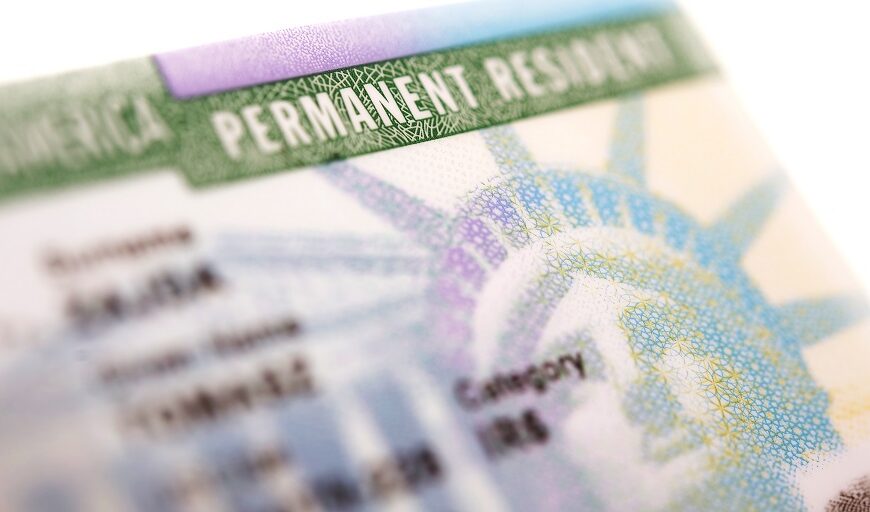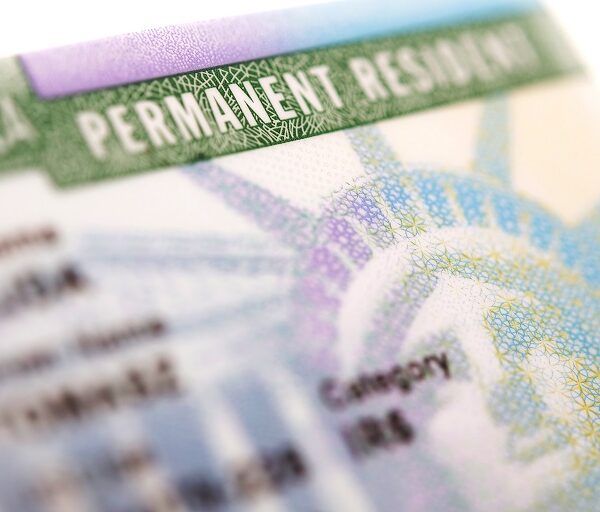Understanding Phase 2 Changes to the AEWV: Key Insights
As the landscape of immigration continues to evolve, New Zealand’s Accredited Employer Work Visa (AEWV) system is undergoing significant adjustments. These changes, referred to as Phase 2, bring about important updates that aim to enhance the efficiency of the visa process while ensuring the protection of both employers and employees. In this blog post, we delve into the key insights of these changes, outlining what they mean for employers and potential immigrants alike.
What is the AEWV?
The Accredited Employer Work Visa is a crucial pathway for foreign workers seeking employment in New Zealand. This visa allows employers to recruit skilled workers from overseas to fill labor shortages in their businesses. Under this scheme, employers must be accredited and demonstrate a commitment to fair employment practices.
Overview of Phase 2 Changes
The Phase 2 changes to the AEWV include several important updates. These adjustments are designed to streamline the visa application process and ensure that it aligns more closely with the needs of New Zealand’s labor market. Below are the key changes that have been introduced:
1. Simplified Application Process
One of the most significant changes in Phase 2 is the simplification of the application process. Employers will now experience a more straightforward procedure when applying for accreditation and for the visa itself. This aims to reduce the administrative burden on businesses and encourage more employers to participate in the AEWV program.
2. Increased Focus on Skills Shortages
Phase 2 emphasizes the importance of addressing skills shortages in the New Zealand labor market. Employers will be required to demonstrate that they have made genuine efforts to recruit local talent before turning to overseas workers. This shift aims to prioritize New Zealanders in the job market while still allowing businesses to access the skills they need.
3. Enhanced Protections for Workers
To ensure the welfare of foreign workers, the new changes incorporate enhanced protections. Employers will be held accountable for providing a safe and fair working environment. This includes adhering to minimum employment standards and ensuring that workers are fairly compensated.
4. Changes to Immigration Instructions
The Phase 2 changes also introduce modifications to immigration instructions, affecting how visa applications are assessed. These changes will help streamline the decision-making process, making it easier for applicants to navigate the system.
Implications for Employers
For employers, the Phase 2 changes to the AEWV present both challenges and opportunities. Here are some key implications to consider:
Implications for Immigrants
For potential immigrants, the changes to the AEWV also carry significant implications. Here’s what you should know:
Conclusion
The Phase 2 changes to the Accredited Employer Work Visa represent a significant shift in New Zealand’s approach to immigration and labor market needs. By simplifying the application process, emphasizing local recruitment, enhancing worker protections, and updating immigration instructions, these changes aim to create a more efficient and fair system.
Both employers and potential immigrants must stay informed about these developments to navigate the evolving landscape effectively. As New Zealand continues to adapt to its labor market demands, understanding these changes will be crucial for anyone looking to make the most of the opportunities available through the AEWV.
In summary, the AEWV remains a vital mechanism through which New Zealand can attract skilled workers while ensuring the protection and welfare of both local and foreign employees. As the country strives to build a robust economy, the ongoing evolution of its immigration policies will play a pivotal role in shaping its future workforce.







